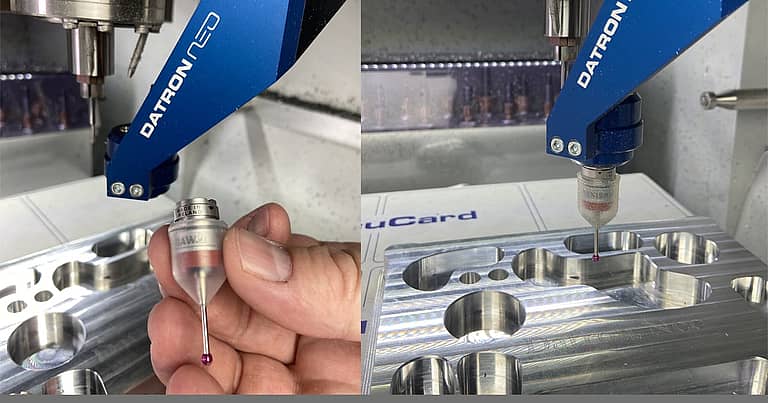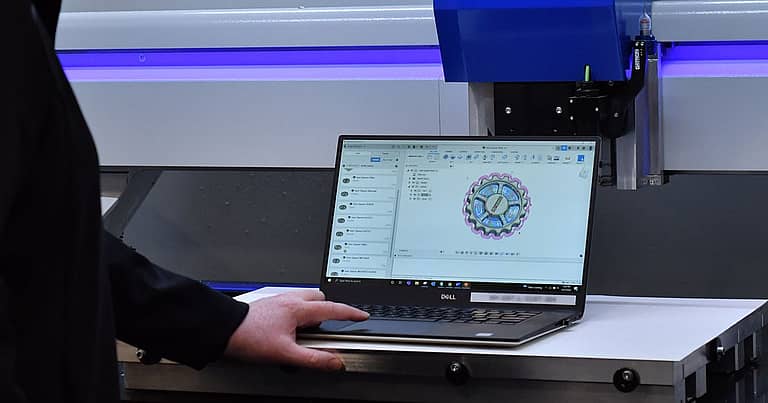
Ready to Stop Outsourcing Machined Parts?
Many manufacturers produce products using a family of machined parts manufactured by outside vendors. As the success of a product grows, manufacturers are often faced with the decision should they start machining the parts in-house to save costs. There are many considerations when determining if it is the right time to produce a family of parts in-house. First, we have an R.O.I. Calculator that can help determine if a DATRON is right for you based on your current volumes. Next, we have identified eight simple questions to help you determine if the time is now. So, if you are wondering if you should stop outsourcing machined parts, read on!
In-House vs. Outsourced Machined Parts? 8 Questions to Ask Yourself
1) What is the anticipated number of parts to be machined over the life of the product or project?
2) What size inventory levels do you currently maintain to meet your deliveries?
3) Do you have the proper CNC equipment to efficiently produce the parts?
4) What kind of upfront investment on tooling, materials and set-up costs will be required?
5) What is the importance of having parts completed on time and having the parts meet your quality standards?
6) What is the possibility of design changes during the life of the product?
7) Do you have the capacity including floor space and labor to machine the parts in-house?
8) Do you have the in-house skill level required to produce the parts effectively?
All eight of these points are important considerations when deciding if it is the right time to bring outsourced machined parts in-house. If you have answered these 8 questions and feel that your organization may indeed be leaning toward machining your own parts, you’ll want to download our complete guide: “When is the Right Time to Stop Outsourcing Machined Parts?” by filling out the form below. You’ll learn about other considerations in the “outsourcing vs. machining in-house” debate, as well as ways of navigating through this important decision process. This 5-section document shares ways to examine factors like inventory requirements, CNC equipment costs, management of quality and turn-around, maximizing use of floor space and staffing requirements.







